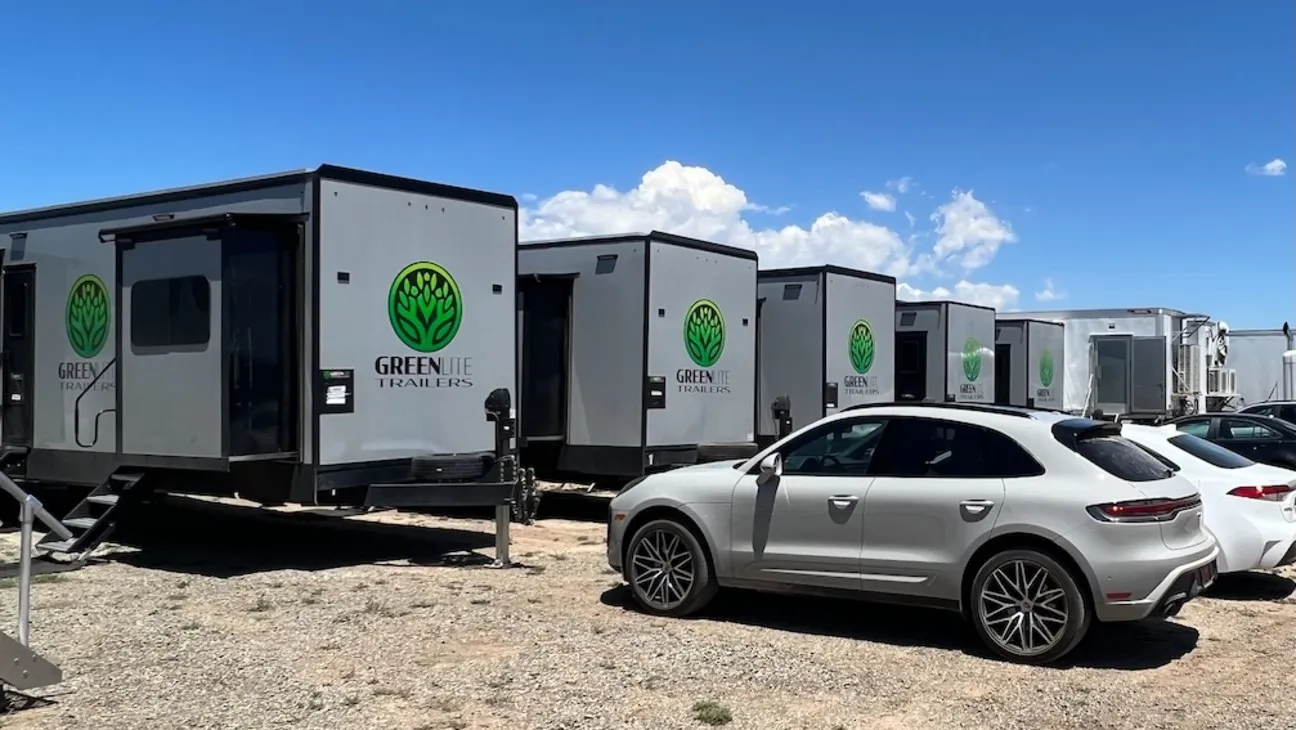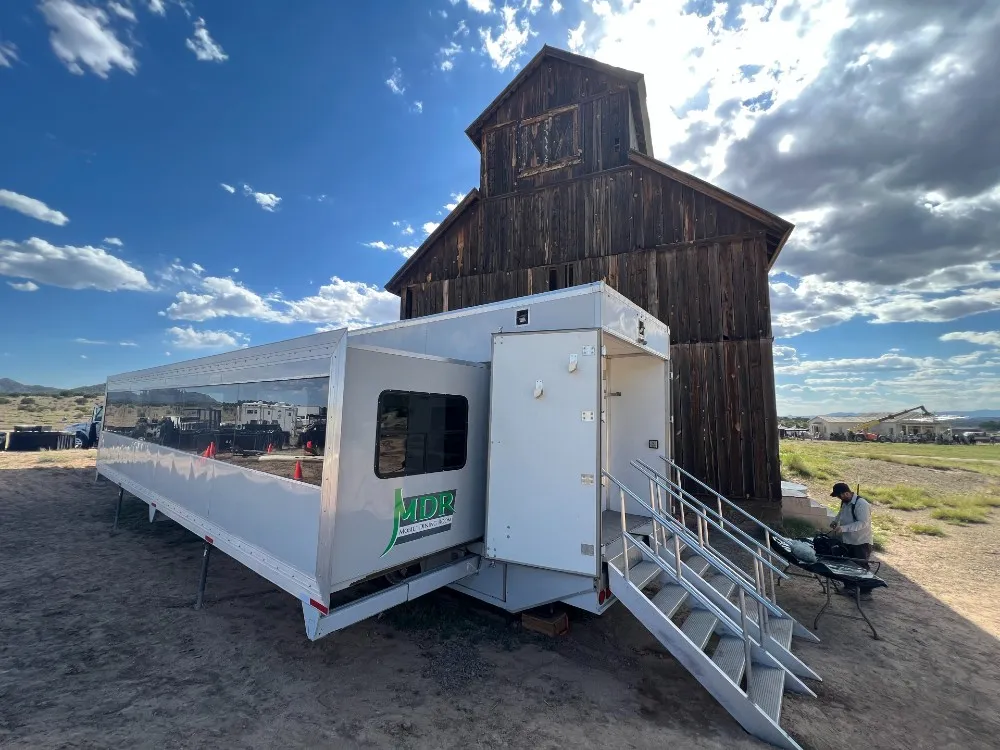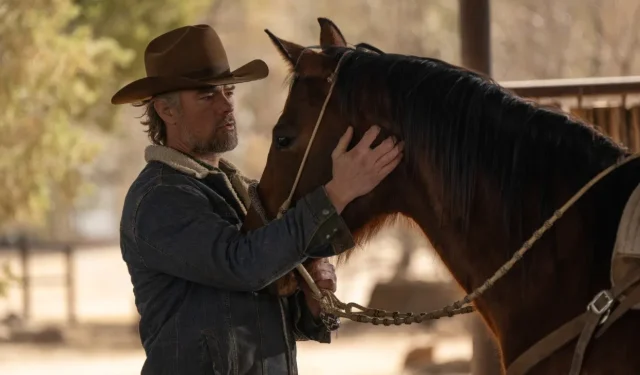Netflix’s ‘Ransom Canyon’: A Sustainable Leap Forward in Entertainment
Netflix’s newest drama series, Ransom Canyon, featuring stars Josh Duhamel, Minka Kelly, and James Brolin, is poised to capture viewers’ attention. This gripping tale revolves around three rival ranching families in Texas Hill Country and is set to leverage the growing fascination with dramatic Westerns, particularly following the phenomenal success of Paramount+’s Yellowstone.
Premiering on April 17, Ransom Canyon is not only noteworthy for its engaging storyline but also for its commitment to sustainability. It stands out as Netflix’s pioneering production that utilizes solar energy predominantly to power its base camp and catering services, marking a significant step toward reducing the carbon footprint of Hollywood productions.
Innovative Filming Techniques Harnessing Solar Power
Adapted from Jodi Thomas’ book series that commenced in 2015, the show has been brought to life under the creative direction of April Blair (known for All American). The extensive filming took place across 150 miles of picturesque ranches in New Mexico. The region’s enviable 300 days of sunshine annually, coupled with minimal vegetation and high-rise structures, created an ideal environment for harnessing solar energy. Consequently, the production replaced conventional diesel equipment with solar-powered trailers and large mobile batteries.
Courtesy of Netflix
Line producer Suzanne Geiger explained the benefits of using solar power, emphasizing how the solar setup maintained energy for trucks during weekends, leading to a quieter and cleaner production environment. “We were better neighbors on these expansive ranches because we were quieter and cleaner,”she noted, highlighting a reduction in diesel generator fuel consumption by over 50 percent.
Industry-Wide Trends Toward Renewable Energy
The film industry has made notable progress in adopting renewable energy solutions since the 2010 release of Christopher Nolan’s Inception, which pioneered the use of solar energy at a film set. With film and television productions contributing approximately 700,000 tons of carbon emissions each year, initiatives like the Clean Mobile Power Initiative, a collaboration between Disney and Netflix launched in 2023, strive to phase out diesel generators entirely.

Courtesy of Netflix
Netflix, meanwhile, has actively explored alternative energy sources, trialing hydrogen power units on Bridgerton and mobile batteries for Virgin River. To further this commitment, the streaming giant has established a dedicated sustainability team to collaborate with each production, ensuring innovative equipment use like that on Ransom Canyon.
“Traditionally, productions have relied on fossil fuels,”said Shannon Bart, a member of Netflix’s sustainability department. “What’s remarkable about this solar setup is that it allowed the crew to operate without their fuel generator for extended periods.”
Community Engagement and Challenges
During production, the team dedicated a month to revitalizing a storefront for Navajo Textiles in Las Vegas, New Mexico, located about 130 miles from Netflix’s Albuquerque studios. Instead of using a portable generator, they opted for AC power with 5K Voltstack batteries, demonstrating that minor adjustments could yield significant results, as Geiger points out.

Courtesy of Netflix
However, as with any technological advancement, the transition to renewable energy sources has not been without its challenges. Some crew members were initially hesitant to adopt the new technologies but soon recognized the benefits, including reduced rigging time and less wear and tear on generators, ultimately leading to lower maintenance costs.
“As they begin to see the benefits, they increasingly embrace the changes,”Geiger noted. She likened this shift to the transition from film to digital technology, remarking on how vital it is to recognize and leverage the advantages of modern methods.
This insightful narrative about Ransom Canyon is featured in the April 2025 Sustainability digital issue of The Hollywood Reporter. To explore more stories on sustainable practices in the film industry, click here.


